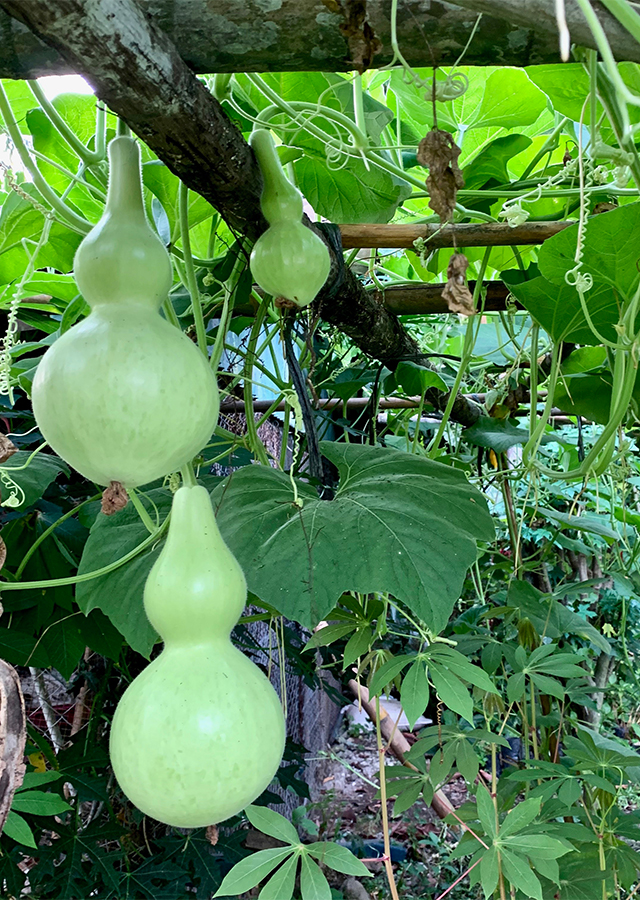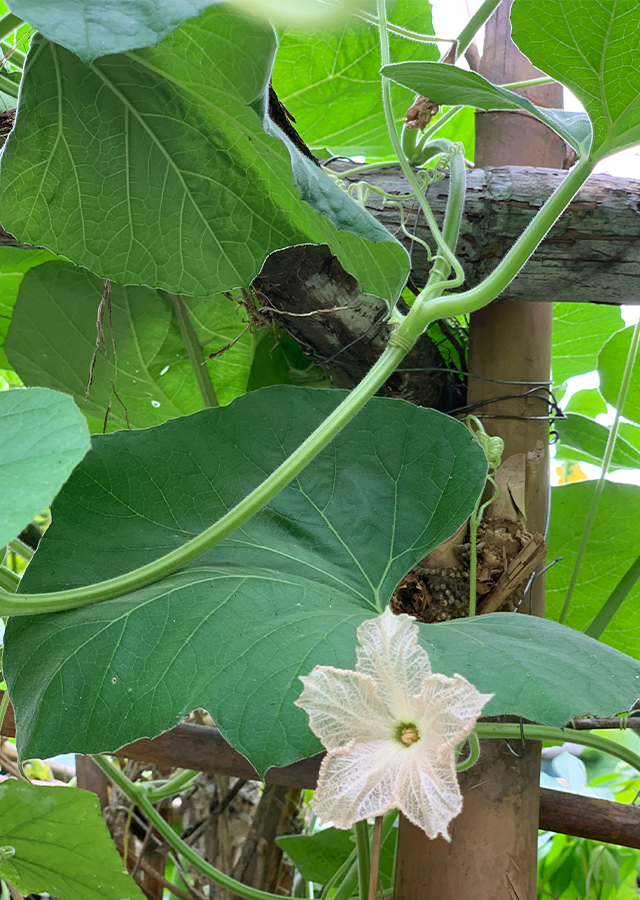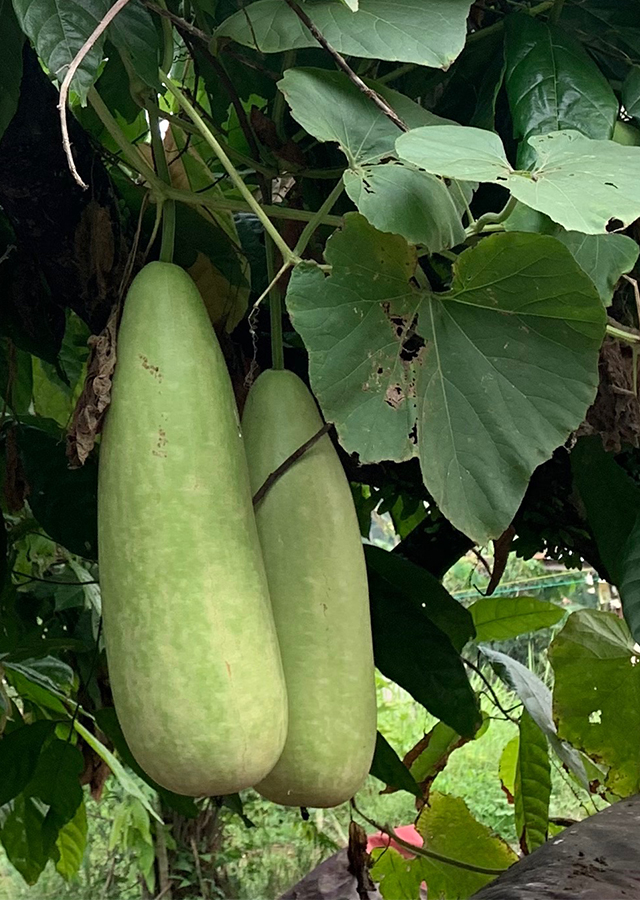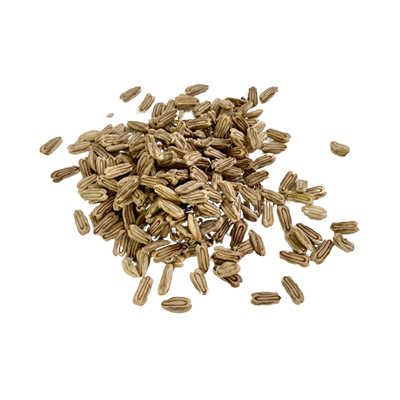Bottle Gourd
Lagenaria siceraria (Molina) Standl.
Cucurbitaceae
Location in our garden
Vegetable



Synonym
Cucumis lagenaria (L.) Dumort.
Cucurbita ciceraria Molina
Lagenaria lagenaria (L.) Cockerell
Habitus
Climbers. A vigorous, monoecious, annual, climbing or prostrate with stems about 9 m long
Part Used
Leaves
Seeds
Flowers
Fruit
Growing Requirements
Full Sunshine
Habitat
Riverbanks
Forest
Shrublands
Grassland
Overview
Bottle gourd is generally accepted that Lagenaria siceraria is indigenous to Africa and reached East Asia, and from there was introduced by humans or ocean currents to the Americas. The plant is still widely cultivated, in both the tropics and the sub-tropics, for its edible fruit and hard wooden shell. In addition, the plant has a range of traditional medicinal uses.
Vernacular Names
Fleskalebas (Dutch), Sorakaya (India), Hyoutan (Japanese), Namztaux (Laos), Labu botol (Malaysia), Sel kambang, Botol wara (Papua New Guinea),
Upo (Tagalog-Philippines), Namtao (Thai), labu air (Indonesia), khlook (Cambodia), baauf (Vietnam).
Agroecology
It is widely cultivated in the tropics and sub tropics from sea-level to 2,500 m altitude and needs a well distributed rainfall of 600–1,500 mm. The optimum temperature for germination is 20–25 °C and the germination rate declines below 15 °C or above 35 °C. Bottle gourd grows in a wide range of soil types but prefers well aerated, fertile soils with pH 6–7.
Morphology
- Stem - long ribbed stem, strong tendrils, softly hairy.
- Leaves - alternate, simple, exstipulate borne on petiole 2.5–12.5 cm long, pubescent, with two small, lateral nectary glands inserted at the leaf base.
- Flowers - unisexual, scented, solitary in leaf axils, regular, pentamerous, up to 15 cm across, petals free, white, obovate
- Fruit - a berry, very variable in size and shape, often globular, bottle-shaped up to 1 m long.
- Seeds - oblong, compressed, up to 2 cm long.
Cultivation
- Can be grown from seed in frost-free areas. It prefers sandy or loamy soil, some shade, good rainfall or enough water.
Chemical Constituents
- Triterpenoids, flavonoids, steroids, fixed oil, saponin, oleanolic acid, ß-sitosterol, campesterol, isoquercitrin, and kaempferol.
Traditional Medicinal Uses
- The fruit pulp is considered cool, diuretic, antibilious, and is used as purgative adjunct. It is also useful for coughs, asthma, and poison antidote.
- Young shoots and leaves are used for enema.
- Seed oil is used as emollient application to the head and as a means of relieving headache. Oil also administered internally.
- Crushed leaves are used for baldness; applied to the head for headaches.
- Juice of fruit is used for stomach acidity, indigestion and ulcers.
- Poultice of seeds is used for boils.
- Green fruit in syrup is used as a pectoral.
- Leaf juice or sugared decoction is used as emetic. Also used in jaundice.
- Externally the pulp is applied as a poultice and cooling preparation to the shaved head in cases of delirium and applied to the soles in burning of the feet.
- In the Gold Coast young shoots and leaves are used for enema.
- In Ayurveda, used as general tonic.
- In China, used for diabetes. Seed oil applied to headache. Decoction used in the treatment of anasarca, ascites, and beriberi.
Part Used
Reference Sources
- Royal Botanic Gardens. (2021). Lagenaria siceraria (Molina) Standl. http://www.plantsoftheworldonline.org/taxon/urn:lsid:ipni.org:names:134809-2.
- Widjaja, EA & Reyes, MEC. (1994). Lagenaria siceraria (Molina) Standley In: Siemonsma, J.S. and Piluek, K. (F.ditors): Plant Resources of South-East Asia No 8. Vegetables. Prosea Foundation, Bogor, Indonesia. pp. 190-192.



